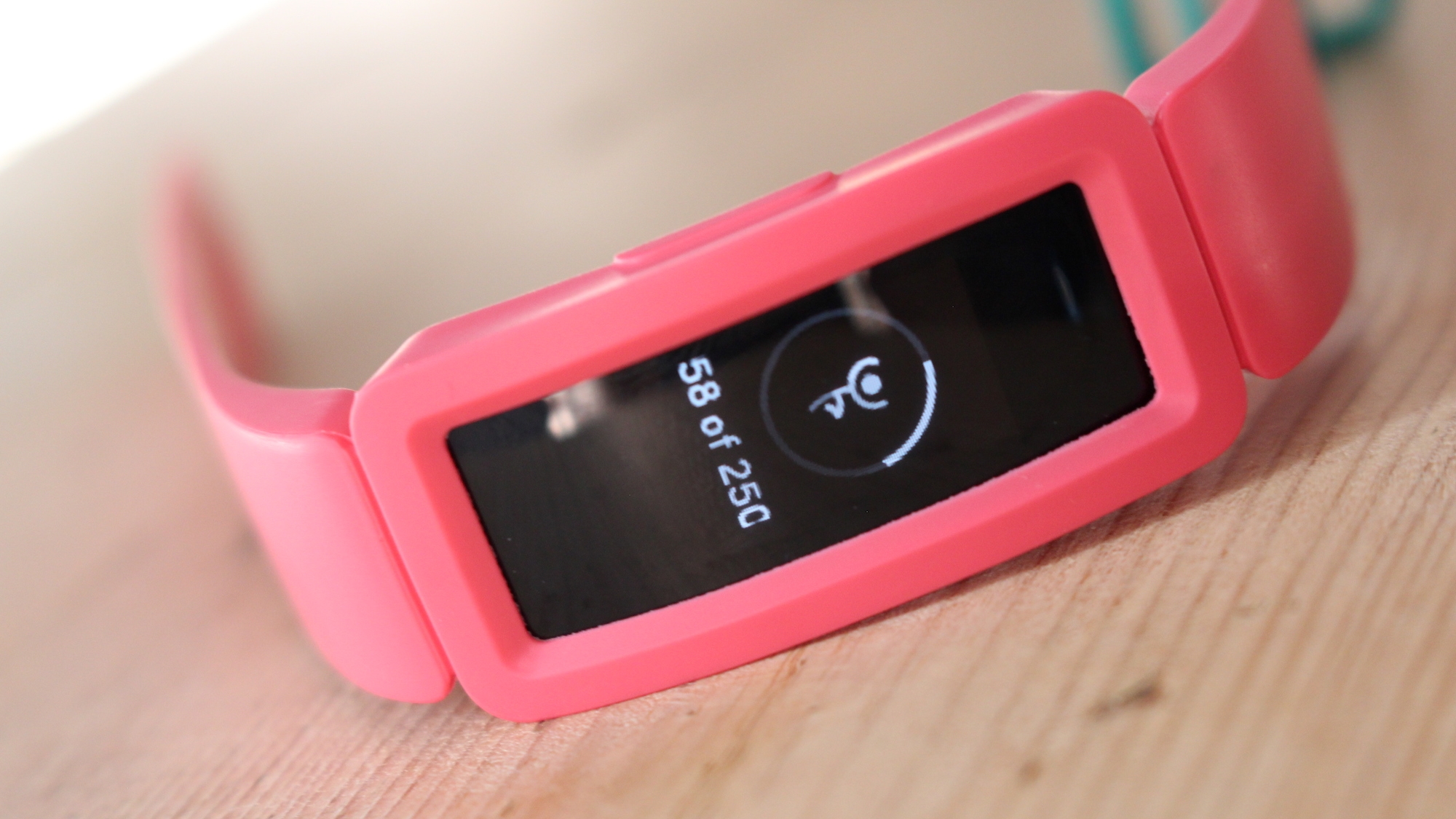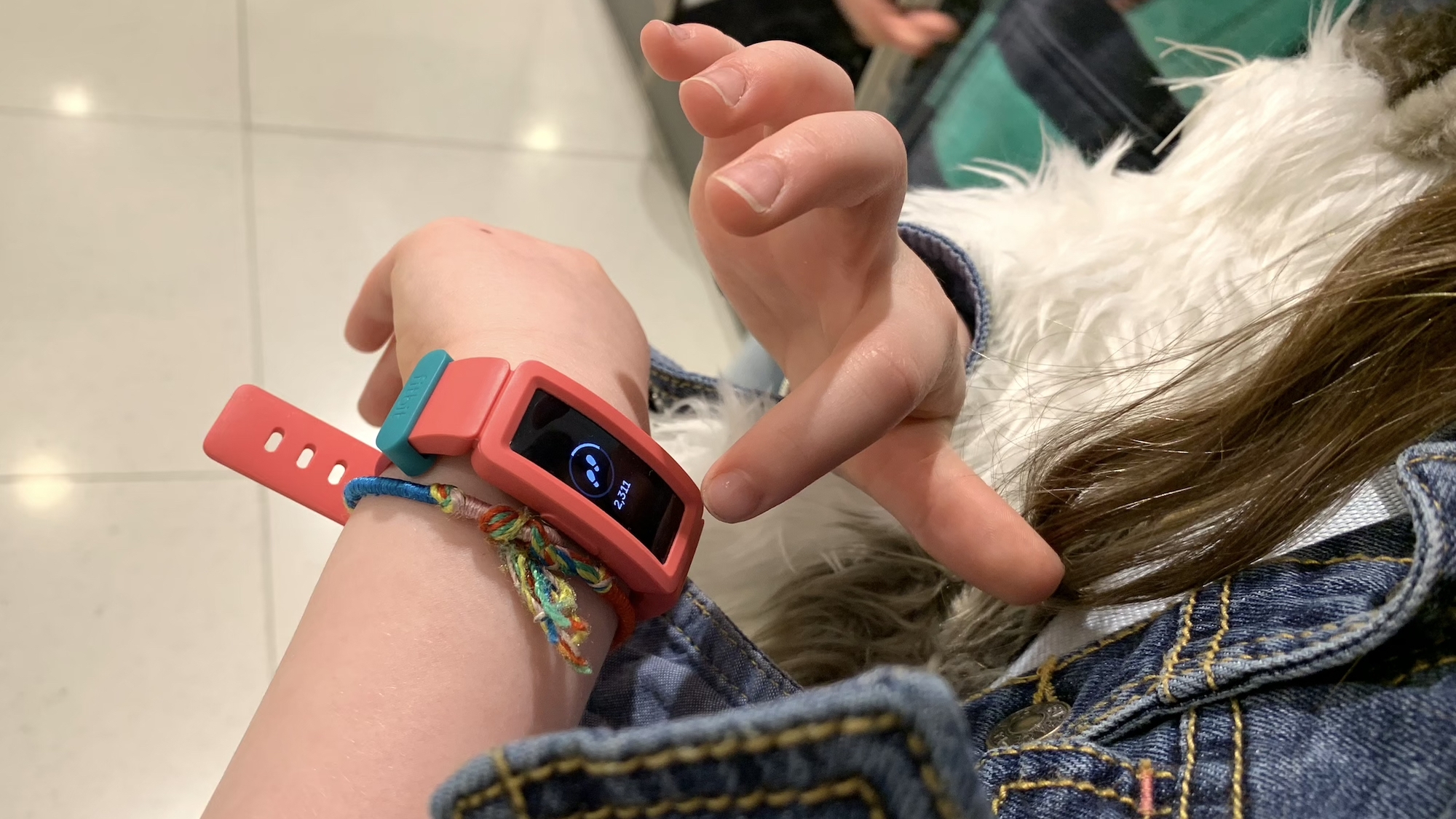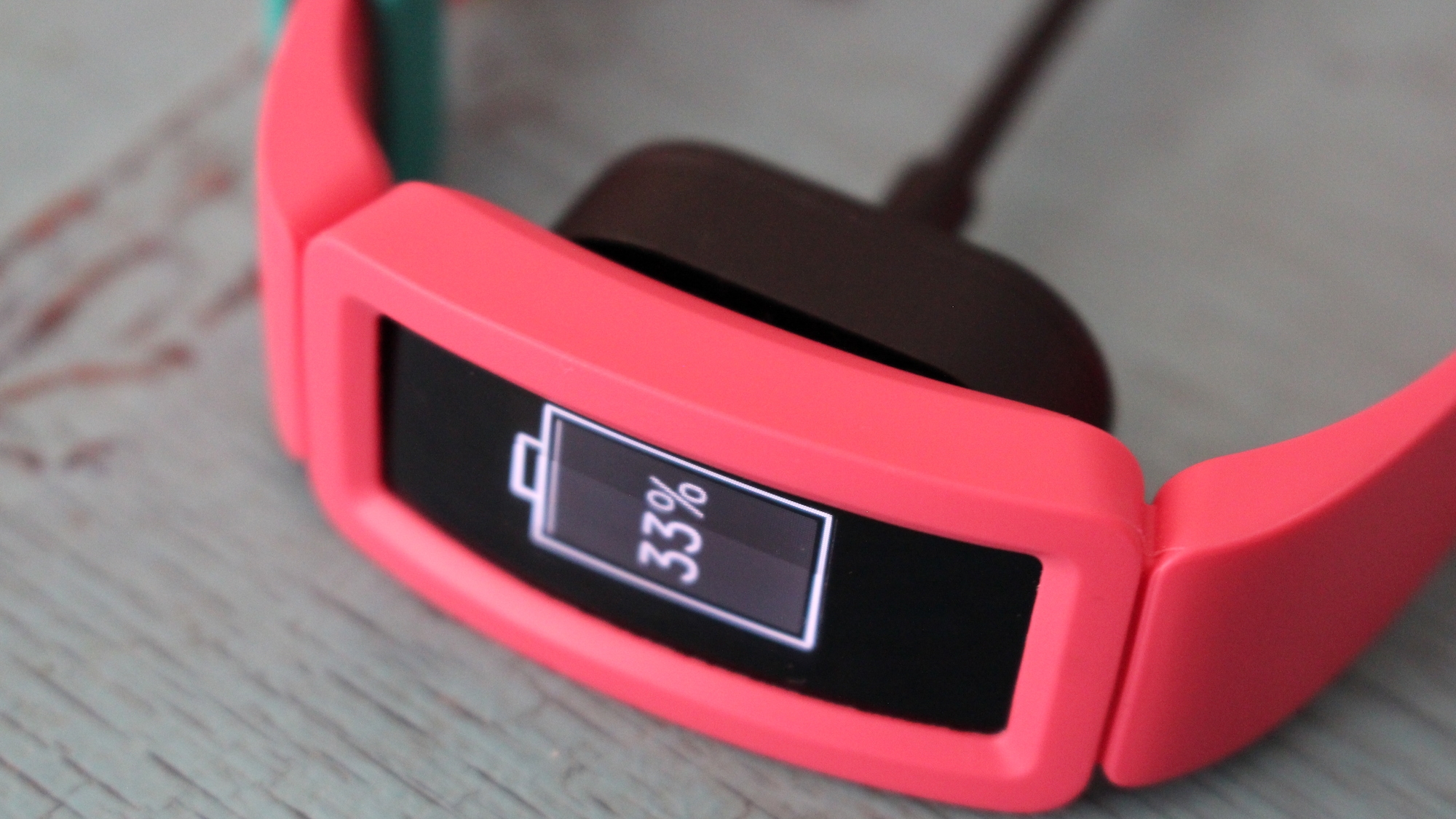Why you can trust TechRadar
Fitbit Ace 2 features and fitness tracking
- The Fitbit family system makes it easy to track progress
- Steps, movement and sleep all tracked
While the hardware has had a facelift, the actual process of setting up the Fitbit Ace 2 has remained largely the same – and once again, getting things configured correctly can be a bit of a nightmare for newcomers.
If you're a parent who wants to set the Ace 2 up for your child, then you'll need to register your own Fitbit account. From here, you can add child accounts and then pair the Ace 2 with your phone, so it can sync and you're kept aware of their progress.
The issue is, the app doesn't do a particularly great job of explaining what order you need to do things in. The first time we set it up, we installed the app, logged into our Fitbit account, paired the Fitbit Ace 2 and then created a new child account, expecting to be able to link the device to that account later on.
That's the wrong order of doing things, because once the Ace 2 is paired with your parent account, it thinks you're the one using it, not your child. Instead, you have to create the child account first, sign into that and then pair the Ace 2.
Dropping back to the 'Parent mode' is also harder than it should be, as the option is buried right at the bottom of the child view menu. To be fair, the app does inform you that it's a lot easier for your kid to sync the app to their own phone, but our 7-year-old doesn't have one yet – and we imagine a lot of other parents will be in the same position.

The Ace 2 automatically sets fitness goals for your child, and you'll get notifications when they beat their goal for the day, as long as the unit is within range of your phone so it can sync the data.
It can track both steps and active minutes, and seemed accurate in our tests, but with no heart rate monitor or GPS it is certainly at the basic end of the scale. Still, those features are probably overkill for most young children.
Sign up for breaking news, reviews, opinion, top tech deals, and more.
You can even set alarms for them from the app and monitor their sleeping patterns, which sounds a little bit Orwellian to us; besides, your child can easily remove the Ace 2 – which lacks a heart rate monitor, so it can't check for a pulse – when they go to bed, robbing you of the ability to snoop on their slumbering activities. Gah.

The app is a great way of ensuring your children are getting enough activity into their day, but it's also built with safety in mind. Your child can't add friends to the app without parental approval, which obviously protects them from being contacted by strangers.
It is worth adding their friends or siblings though if any have a Fitbit of their own, since being able to compare progress can be motivating. And siblings are competitive anyway, so why not turn it into a game?
Speaking of which, the Fitbit Ace 2 does an excellent job of offering visual rewards when your child smashes their daily goal. The improved screen is surprisingly appealing despite its black-and-white nature, and the built-in motor vibrates when a notification comes in, instantly grabbing your child's attention.

Fitbit Ace 2 battery life
- Battery life is rated for around 5 days per charge
- Proprietary charging cable is less fiddly than before
Five days of battery life is on offer with the Fitbit Ace 2, which is exactly the same as the quoted total for the previous model. It's safe to assume then that the battery inside hasn't been improved – but that's not a problem, as five days is pretty decent when it comes to stamina.
The big improvement here is that the clip-on charging cable seen on the Fitbit Ace has been replaced by one that uses a magnet to grip onto the body of the Fitbit Ace 2. It's much easier to use but again, it's a proprietary cable, so make sure your child doesn't lose it in between charges.
Current page: Fitness, features and battery life
Prev Page Introduction, design and display Next Page Fitbit Ace 2 Verdict and competition